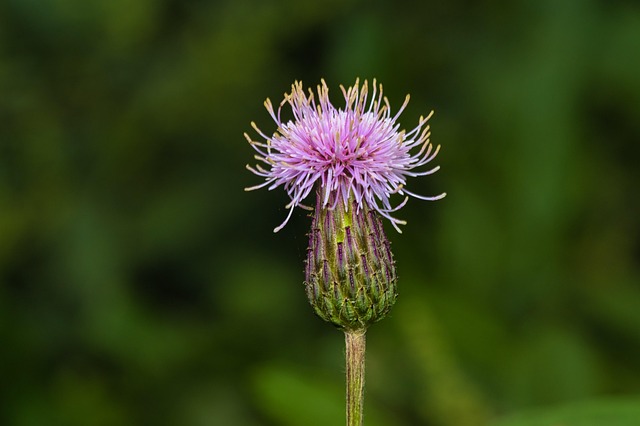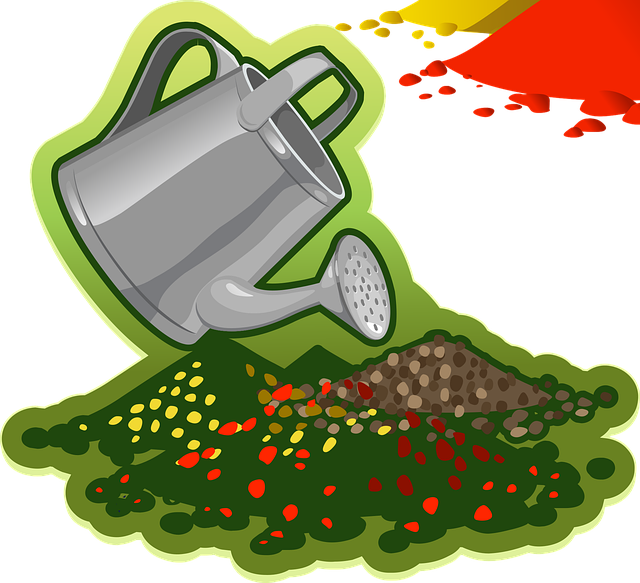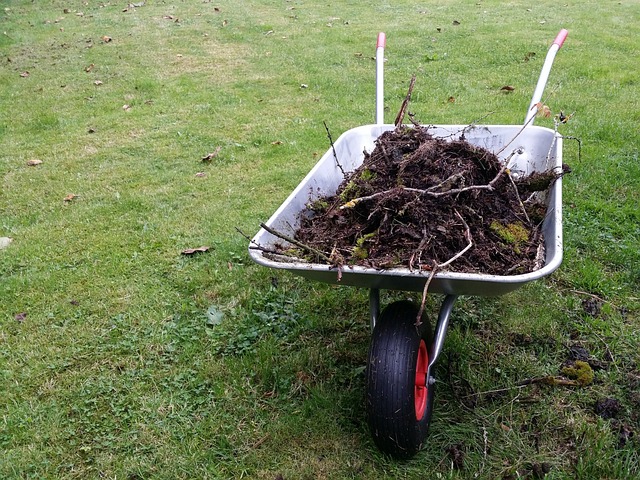In Portland, Oregon, where drought and climate variability are common challenges, xeriscaping—a water-efficient landscaping approach—is gaining popularity. This method, favored by both residents and local Portland OR landscapers, relies on native, drought-tolerant plants and efficient irrigation to reduce outdoor water usage, promoting sustainability. By adopting these practices, Portland OR landscapers can create beautiful, low-maintenance gardens that are resilient during changing climatic conditions, contributing to a more vibrant urban environment.
“Welcome to an eco-friendly revolution in landscaping! This comprehensive guide explores xeriscaping, a sustainable practice gaining traction in Portland, Oregon. With its unique climate and water conservation efforts, understanding drought-tolerant gardening is essential. From the benefits of native plants to practical design tips, we’ll show you how to create a beautiful, water-efficient yard. Discover expert advice from local Portland landscapers who are leading the charge towards greener, more sustainable outdoor spaces.”
- Understanding Xeriscaping: The Eco-Friendly Approach to Landscaping in Portland OR
- Benefits of Drought-Tolerant Plants and Practices for Portland's Climate
- Designing and Implementing a Water-Efficient Landscape in Your Oregon Yard
- Top Tips from Portland Landscapers for Sustainable Outdoor Spaces
Understanding Xeriscaping: The Eco-Friendly Approach to Landscaping in Portland OR

Xeriscaping, a revolutionary approach to landscaping, is gaining traction among eco-conscious residents and Portland OR landscapers. This method focuses on reducing or eliminating water usage in outdoor spaces, thereby promoting sustainability. By adopting natural, drought-tolerant plants and efficient irrigation techniques, xeriscaping offers a practical solution for managing water consumption while enhancing the beauty of local landscapes.
In Portland, where water conservation is a top priority, this eco-friendly landscaping practice has become increasingly popular. Portland OR landscapers specialize in designing and implementing xeriscaped gardens that not only save water but also thrive in the region’s unique climate. They incorporate native plants known for their hardiness and ability to withstand dry spells, ensuring both visual appeal and environmental responsibility.
Benefits of Drought-Tolerant Plants and Practices for Portland's Climate

In Portland, Oregon, where climate variability and drought conditions are increasingly common, adopting drought-tolerant landscaping practices is a smart choice for both homeowners and professional Portland OR landscapers. The benefits are multifold: reduced water usage means less strain on local water resources during dry spells, helping to preserve this vital resource for all residents. Additionally, these landscapes tend to be more resilient and low-maintenance, saving time and money in the long run.
Drought-tolerant plants, carefully chosen for their ability to thrive with minimal watering, add beauty and biodiversity to Portland’s outdoor spaces. From native wildflowers to adapted shrubs and trees, these plants provide habitat for local wildlife while enhancing the overall aesthetics of a landscape. By prioritizing these practices, Portland OR landscapers can contribute to a more sustainable future, ensuring that our urban areas remain vibrant and resilient in the face of changing climatic conditions.
Designing and Implementing a Water-Efficient Landscape in Your Oregon Yard

Designing a water-efficient landscape in your Oregon yard is a sustainable and practical approach, especially with the unique challenges posed by Portland’s climate and drought conditions. As a Portland OR landscaper, we understand the importance of creating outdoor spaces that not only look beautiful but also conserve precious water resources. One of the key principles of xeriscaping is to choose native plant species adapted to the local climate, which often require less irrigation. Oregon’s diverse ecosystems offer a wide array of indigenous plants perfect for drought-tolerant landscaping.
When implementing these strategies, consider the unique microclimates within your yard, as areas with varying sun exposure and soil types may have different water needs. Proper planning includes incorporating features like drip irrigation systems, which deliver water directly to plant roots, minimizing waste. Additionally, using organic mulches can help retain moisture in the soil, reducing evaporation. These techniques ensure that your Portland OR landscape remains vibrant and low-maintenance during dry spells.
Top Tips from Portland Landscapers for Sustainable Outdoor Spaces

Creating sustainable outdoor spaces is a top priority for many Portland, OR homeowners, especially in light of drought conditions and water conservation efforts. Local Portland landscapers share their expert tips for xeriscaping and drought-tolerant landscaping that beautifully harmonizes with nature, while reducing water usage.
First, focus on selecting native plant species tailored to Oregon’s climate. These plants are adapted to local conditions, requiring less irrigation and providing habitat for regional wildlife. Next, implement effective drainage solutions by designing sloping beds and installing permeable materials like gravel or porous pavers to allow excess water to soak into the soil rather than running off. Additionally, consider incorporating various textures and heights with drought-resistant shrubs, perennials, and grasses to create visually appealing landscapes that require minimal maintenance.
In Portland, OR, adopting eco-conscious xeriscaping and drought-tolerant landscaping practices is not just an environmental choice; it’s a sensible solution for thriving outdoor spaces in our unique climate. By understanding the benefits of water-efficient landscapes and following sustainable practices, homeowners can reduce their water footprint while creating beautiful, low-maintenance yards. Consulting with local Portland OR landscapers who specialize in these techniques can provide valuable insights and ensure successful implementation, fostering both ecological balance and visually appealing outdoor environments.






